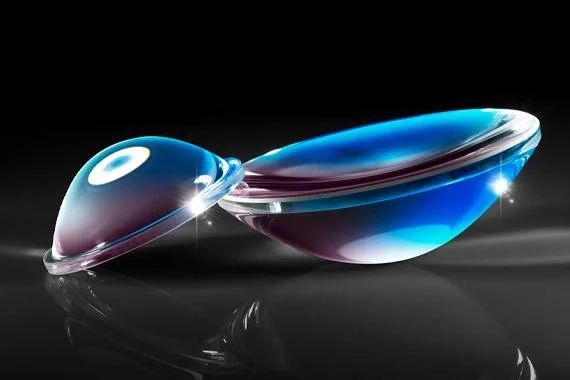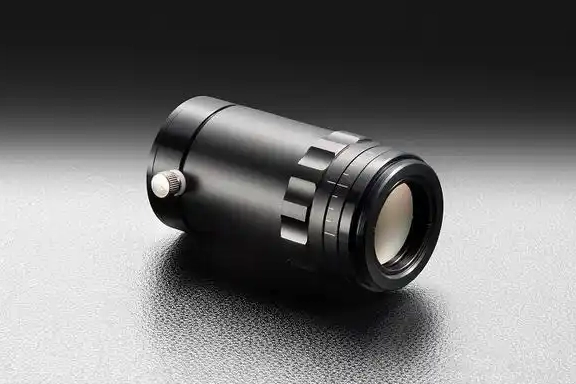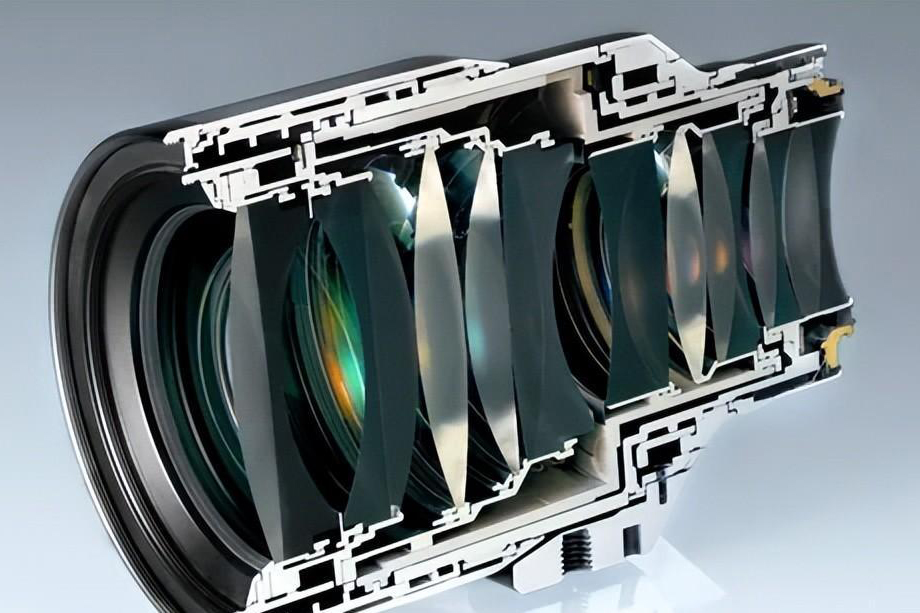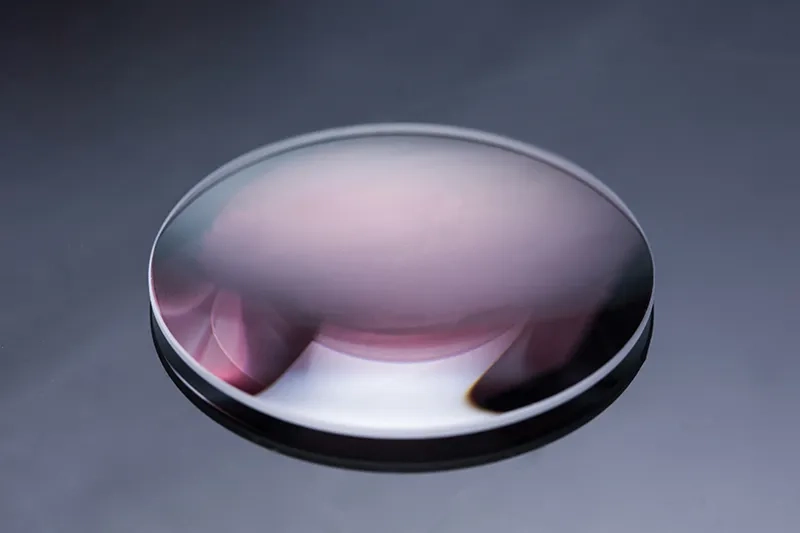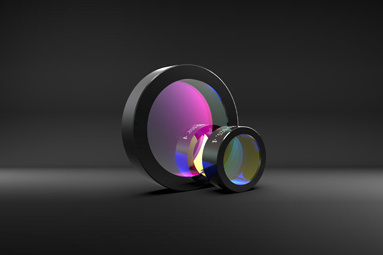Spherical lens
Classification:
Product Introduction
A spherical lens is an important optical component, mainly made of optical glass and other materials, used for coupling between optical fibers, between lasers and optical fibers, and between optical fibers and detectors, or for collimating optical fiber beams in thin-film filtered dense wavelength division multiplexers.
Spherical lenses, also known as glass microspheres, are solid or hollow glass beads with diameters ranging from a few micrometers to tens of micrometers. Their applications cover various sectors including chemicals, military, aerospace, transportation, petroleum, light industry, and medical.
· Prototype establishment through mass production capabilities
· Large stock of various Schott, Ohara, and CDGM glass types
· Manufacturing capabilities according to design
· Standard and custom coating options available
· Magneto-rheological finishing (MRF) ensures surface accuracy exceeding λ/40
Key words:
Prism and flat sheet
Previous Page
Next Page

Any more questions?
DuChuang photoelectric service for you!
Related Products
Laser splitting components include gratings, laser cube prisms, laser polarization cube prisms, and harmonic separators.
Imaging lenses are crucial components in optical systems, responsible for capturing and recording images. Through a combination of lenses, they gather light emitted from external objects and project a clear image onto an image sensor. The performance and design of imaging lenses directly impact the quality and clarity of the image.
Optical coating refers to the process of depositing a single or multiple layers of metallic or dielectric thin films onto the surface of optical components. The purpose of coating optical components is to reduce or increase light reflection, beam splitting, color separation, filtering, polarization, etc. Common coating methods include vacuum deposition (a type of physical deposition) and chemical deposition.
Absorptive optical filter glass
A filter is an optical filter. It can filter out unwanted spectral components or interfering light in the incident light, reduce interference components in the background, improve the contrast of the target to the background, and thus improve the signal-to-noise ratio of the system.
Copyright©2025 Nanyang DuChuang Optoelectronic Technology Co., Ltd.


